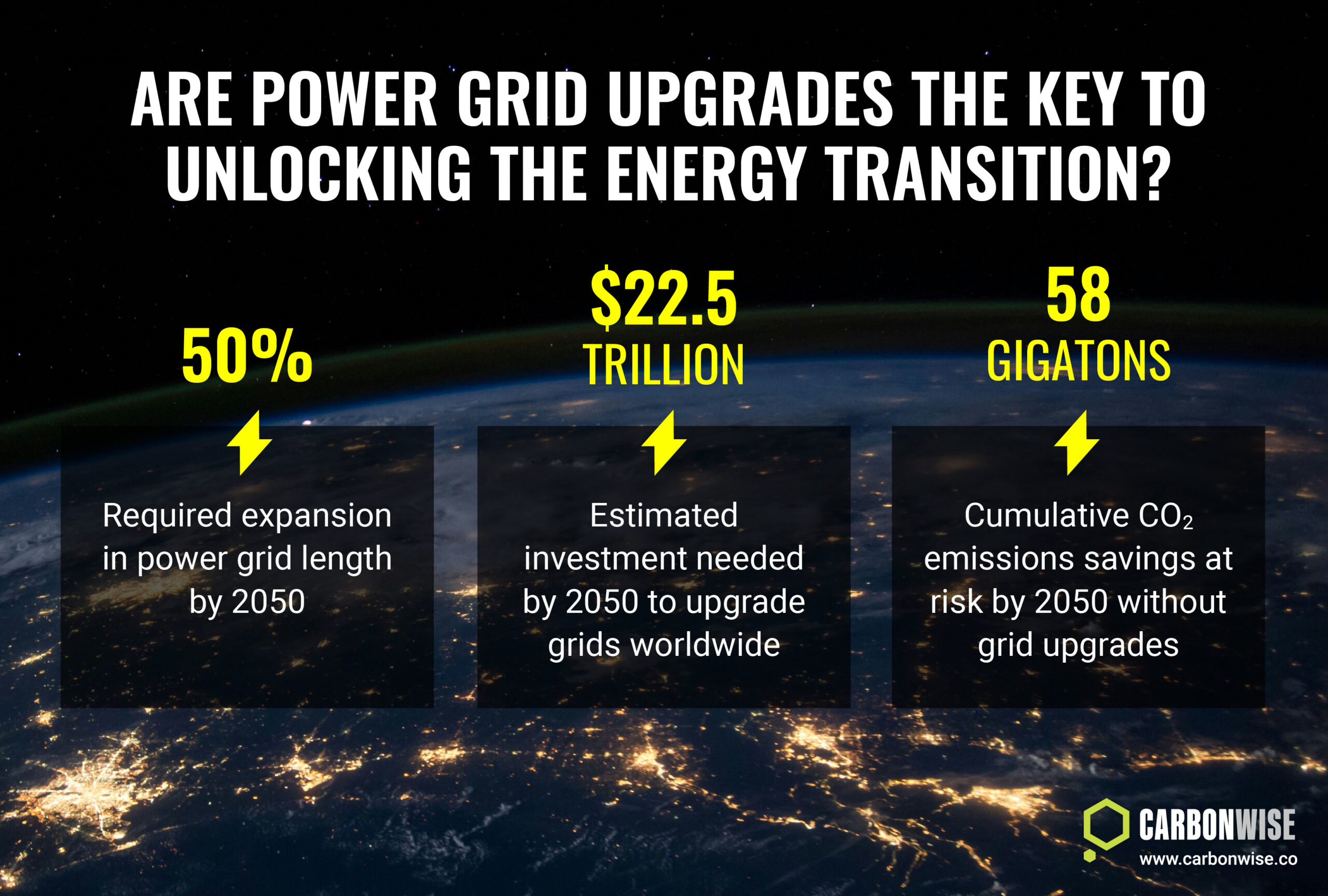Vietnam’s national carbon market is set to move forward in 2025 with the start of a pilot phase, highlighting progress in a fast-developing regional carbon markets hub in Southeast Asia that also includes Singapore, Indonesia, Malaysia and Thailand.
The Vietnamese government has been working on plans to develop a national emissions trading system (ETS) for several years, and the country’s ministry of agriculture and environment announced in June that the first steps in a pilot phase would take place before the end of 2025.
These steps included allocating emissions allowances for calendar years 2025 and 2026. The pilot phase will run until 2028, and from 2029 the country will complete a set of rules for further development of the carbon market.
The system will regulate CO2 emissions from Vietnam’s carbon-intensive industries including electricity generation and the production of iron, steel and cement.
In the pilot phase, emissions allowances will be freely allocated to installation operators in the country, followed by the development of a mechanism to provide allowances through government auctions from 2029.
In a similar manner to China’s national carbon market, Vietnam’s ETS will be based on emissions intensity targets linked to the products made in the relevant sectors. This means there will be no hard ‘cap’ on the country’s emissions, and emissions could continue to rise even as the market becomes active.
For this reason, the extent to which Vietnam’s carbon market actually delivers emissions reductions will depend on the level of ambition built into the intensity targets and how quickly they tighten, encouraging companies to produce lower-emissions products over time in order to reduce their financial obligations under the system.
New demand for carbon credits
As well as being an important development for Vietnam’s domestic industries, the country’s progress in developing a national carbon market is also significant for the market for project-based carbon credits. The Vietnamese carbon market will allow regulated entities to use carbon credits to meet up to 30% of their compliance obligation, creating new demand for credits.
Credits eligible under Vietnam’s carbon market will include those approved under the Paris Agreement’s Article 6.2 (bilateral trading between governments) and Article 6.4 (the Paris Agreement Crediting Mechanism), as well as other credits directly authorised by the Vietnamese government.
Market operation
Vietnam’s ministry of natural resources and environment is expected to manage the national registry system to track emissions allowances and credits, while the Hanoi Stock Exchange will facilitate financial transactions, supported by the Vietnam Securities Depository and Clearing Corporation.
In addition, the government will oversee the national carbon market to ensure market integrity and compliance.
Vietnam is also exploring the possibility of international carbon market links to facilitate cross-border transactions.
Paris Agreement targets
Vietnam has developed plans for its national carbon market to help meet its climate target under the Paris Agreement, the so-called Nationally Determined Contribution (NDC). For Vietnam’s updated NDC in 2022, this includes an unconditional target to reduce greenhouse gas (GHG) emissions by 15.8% below business-as-usual (BAU) levels by 2030, and a conditional target of 43.5% below BAU with international support.
Years in the making
During the COP26 United Nations climate summit in Glasgow in November 2021, Vietnam was one of several countries that made a commitment to reach net zero emissions by 2050. Net zero means reducing emissions to the extent possible, and offsetting any remaining emissions through reductions or removals elsewhere.
Until 2023, only the Vietnamese province of Quang Nam had adopted carbon markets, through its forest protection framework, which generates project-based carbon credits for sequestering carbon emissions.
An experienced player in carbon markets
From 2015 to 2020, Vietnam was part of the Partnership for Market Readiness – a World Bank-supported program designed to help develop legal frameworks to underpin carbon markets in more than 30 countries. More recently, this has given way to a successor program called the Partnership for Market Implementation, reflecting the transition from preparation to active carbon markets.
And before this, Vietnam had also participated in the UN’s Clean Development Mechanism, which allows emissions reduction or avoidance projects in developing countries to earn carbon credits that were recognised under the Kyoto Protocol.
The country has also been involved in the Joint Crediting Mechanism (JCM) with Japan, which involved selling millions of tonnes of carbon credits per year to Japan from nearly 30 projects.
A regional carbon markets hub emerges in ASEAN region
Vietnam’s progress on developing a national carbon market comes as Singapore has emerged as a regional carbon trading hub in Southeast Asia. Other countries in the region developing carbon markets include Indonesia, Malaysia and Thailand. Countries in the Association of Southeast Asian Nations (ASEAN) region are increasingly working on regional cooperation to align aspects of their carbon markets to leverage economies of scale and make regional trading more efficient.
Highlighting this new regional cooperation, the ASEAN Alliance on Carbon Market (AACM) was formed in 2023, bringing together carbon market participants to promote scaling of the voluntary carbon market across the ASEAN region and to support implementation of compliance markets. The AACM is intended to be the first private sector-led body to advocate for cross-border efforts in the context of carbon markets.
At the global level, countries are also under increasing pressure to set more ambitious climate targets under the Paris Agreement’s five-year Global Stocktake process. To achieve these targets, governments are deploying mechanisms that are effective at reducing emissions while fostering economic growth, and these include carbon markets as a way to cut emissions at the lowest overall cost to the economy.








